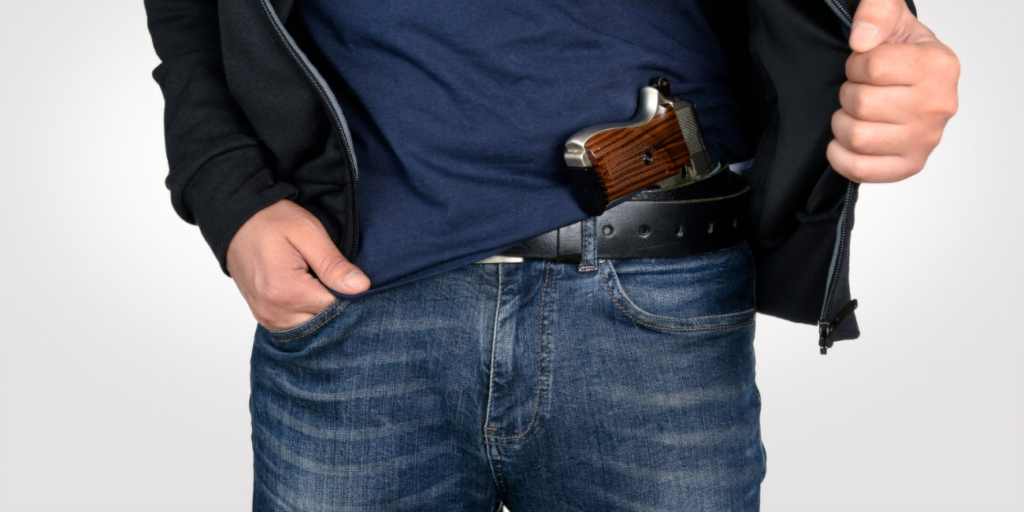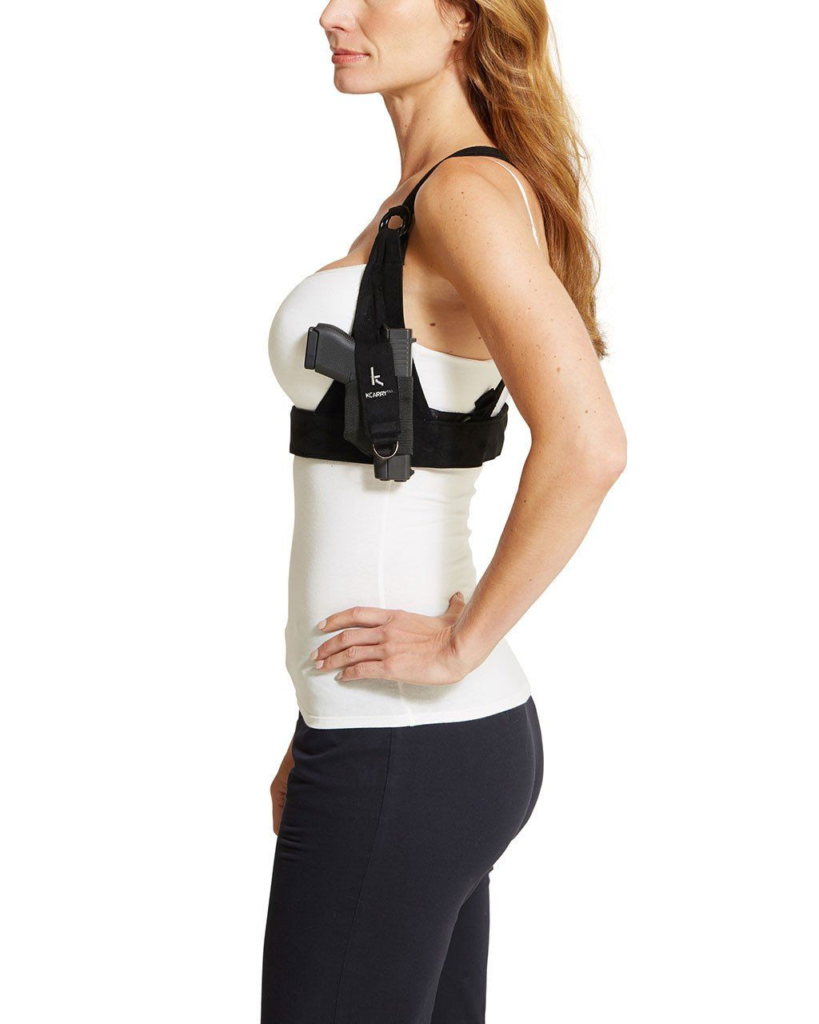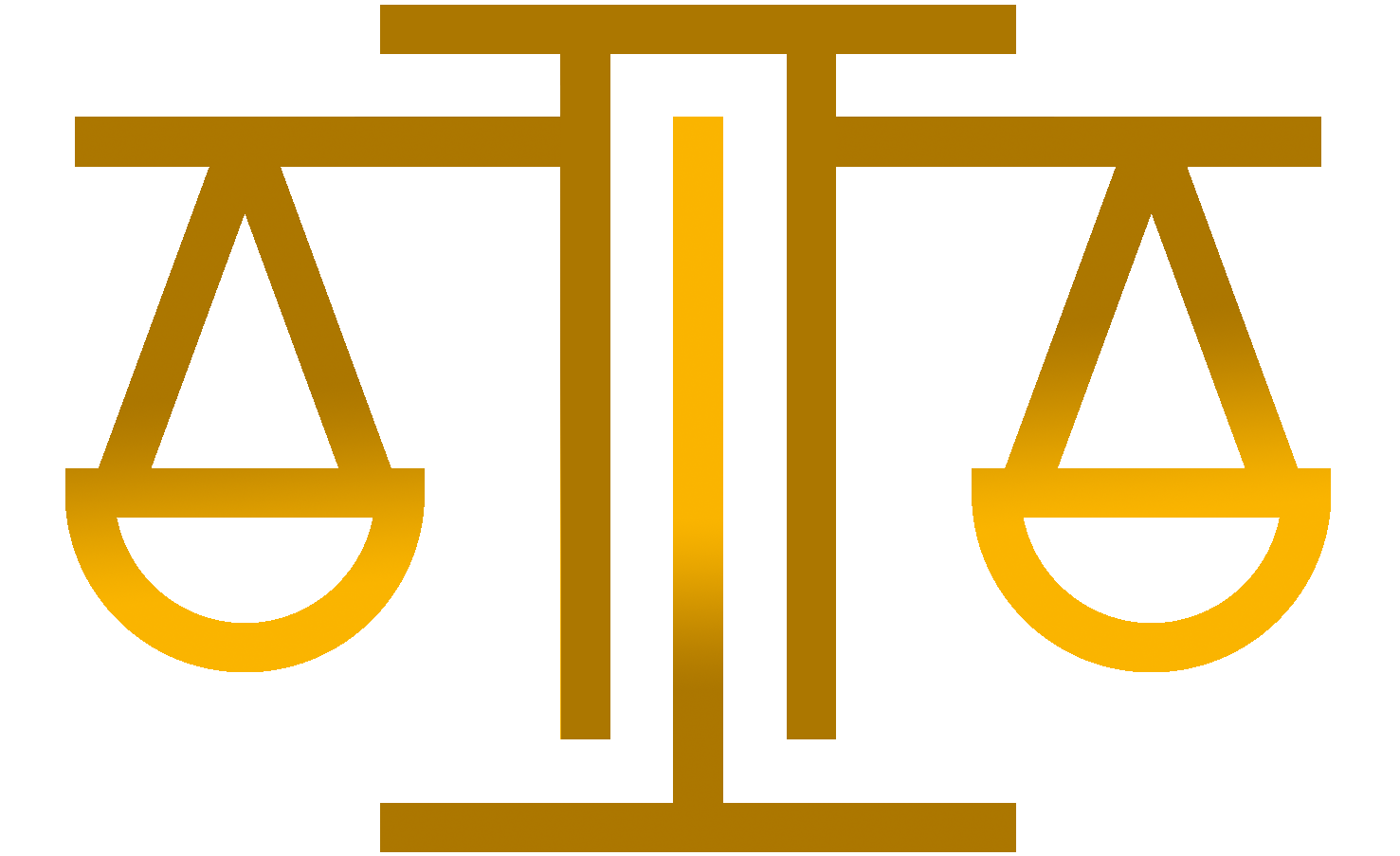In Part 1 of the series regarding this topic, I reviewed the history of the Second Amendment and listed the various federal statutes that have been passed – and the previous cases that have been decided by the U.S. Supreme Court – regarding the issues of gun rights and gun restrictions. In addition, I also provided a summary of what some legal scholars believe to be the major “Pros” and “Cons” of the Second Amendment.
In this post, I will outline the three primary interpretations of the Second Amendment; summarize the prior decisions of the Supreme Court of the United States (SCOTUS) regarding the Second Amendment; and explain the impact of SCOTUS’ recent decision in the matter of New York State Rifle & Pistol Association Et Al v. Bruen Et Al.
********************
Primary Interpretations of the Second Amendment
Most legal scholars agree that there are three primary ways to interpret the language of the Second Amendment:
- The Civilian Militia Interpretation: This interpretation holds that the Second Amendment is no longer valid because it was intended to protect a system of local militias that is no longer operational in the United States. Per this interpretation, Congress and state legislatures are free to enact whatever statutes they deem to be appropriate with respect to gun rights and gun restrictions.
- The Individual Rights Interpretation: This interpretation holds that the right to own guns is an individual right that is similar, in terms of its breadth and scope, to other individual rights that are enunciated in the Bill of Rights.
- The Intermediate Interpretation: This interpretation holds that the Second Amendment does protect the rights of individuals to bear arms, but also recognizes that the reference to militias does allow for some reasonable limitations of those rights.
********************
Prior Rulings by SCOTUS
Despite the wide disparity in the above-referenced interpretations of the Second Amendment, SCOTUS has issued relatively few opinions regarding what rights it actually guarantees. In this regard, its major rulings regarding this topic were set forth in the following cases:
- United States v. Miller, 307 U.S. 174 (1939): This case involved an individual who was indicted for carrying a sawed-off shotgun across state lines – which was in violation of the National Firearms Act of 1934. In its ruling in this case, SCOTUS held that “[i]n the absence of any evidence tending to show that the possession or use of a ‘shotgun having a barrel of less than eighteen inches in length’ at this time has some reasonable relationship to the preservation or efficiency of a well-regulated militia, we cannot say that the Second Amendment guarantees the right to keep and bear such an instrument.” As a result of this ruling, the federal government – and many state governments – imposed a variety of restrictions on guns and gun owners.
- District of Columbia v. Heller, 554 U.S. 570 (2008): This case involved the Firearms Control Regulations Act – which, among other things, banned the ownership of handguns and implemented stringent requirements regarding the possession of any firearms within the District of Columbia. In its ruling in this case, SCOTUS ruled that the Second Amendment protects the rights of individuals to keep and bear arms for traditionally lawful purposes such as self-defense within their homes. It also ruled that the right to bear arms is not unlimited – and that guns and gun ownership could continue to be regulated within the District of Columbia as long as those regulations did not infringe upon an individual’s right to defend themselves in their homes. As a result of this decision,
- McDonald v. City of Chicago, 561 U.S. 742 (2010): This case involved a Chicago, IL ordinance that banned the possession of handguns and that also imposed a variety of restrictions regarding the possession of rifles and shotguns. In a 5-4 decision, SCOTUS ruled that substantial portions of the ordinance were unconstitutional – and that the Second Amendment was incorporated under the Fourteenth Amendment, thereby extending the rights set forth in the Second Amendment from infringement by state and local governments. As a result of this decision, many states avoided the adoption of restrictions that would outright ban residents from owning certain types of guns.
- New York State Rifle & Pistol Association Et Al v. Bruen Et Al, 597 U.S. ___ (2022): This recent case involved a challenge to a New York State statute that was enacted more than a century ago – and that restricted residents from carrying concealed weapons unless they had received a special license to do so. Such licenses were only issued to those residents who could prove to the satisfaction of a judge or a designated government official that they had a special need for self-defense. In the 6-3 opinion that was authored by Justice Clarence Thomas, he wrote:
“The constitutional right to bear arms in public for self-defense is not ‘a second-class right, subject to an entirely different body of rules than the other Bill of Rights guarantees’…The exercise of other constitutional rights does not require individuals to demonstrate to government officers some special need. The Second Amendment right to carry arms in public for self-defense is no different. New York’s proper-cause requirement violates the Fourteenth Amendment by preventing law-abiding citizens with ordinary self-defense needs from exercising their right to keep and bear arms in public.” . . .
“New York’s proper-cause requirement violates the Fourteenth Amendment in that it prevents law-abiding citizens with ordinary self-defense needs from exercising their right to keep and bear arms. We therefore reverse the judgment of the Court of Appeals and remand the case for further proceedings consistent with this opinion.”

********************
Impact of the Decision in New York State Rifle & Pistol Association Et Al v. Bruen
In addition to allowing anyone in New York State who has a valid gun license to conceal-carry their guns in otherwise unrestricted public places, this recent SCOTUS decision has also put U.S. District Courts throughout the country on notice that their previous rulings upholding similar restrictions were incorrect and must be re-evaluated. This includes, at a minimum, federal courts in the states of California, Hawaii, Maryland, and New Jersey.
In addition, the SCOTUS ruling in New York State Rifle & Pistol Association will also make all sorts of other state-level gun-related restrictions vulnerable to challenge. Per the language of the majority opinion, U.S. District Courts must now analyze the constitutionality of all such restrictions in terms of whether they are “consistent with this Nation’s historical traditions” – wording that many legal scholars have interpreted as meaning that any gun-related restriction that does not have a historical link to the nation’s practices at the time it was founded is at risk of being found to be unconstitutional.
In essence, this decision means that every type of current gun restriction must be evaluated against a much higher standard than before. This includes, but is not limited to, restrictions concerning the minimum age to own certain types of guns, the types of guns that can be owned, limits on high-capacity magazines and types of allowable ammunition, etc.
Prior to this decision, U.S. District Courts and Appellate Courts had generally adopted a two-step approach in evaluating the legality of a gun restriction: In Step 1, they determined whether the restriction fell within conduct protected by the Second Amendment – and in Step 2, they assessed whether the restriction’s end justified its means.
But as Justice Thomas wrote in the majority opinion, “Despite the popularity of this two-step approach, it is one step too many” – thereby indicating that Step 2 was inconsistent with SCOTUS’ established precedents regarding gun rights.
Instead, Thomas wrote, “the government must affirmatively prove that its firearms regulation is part of the historical tradition that delimits the outer bounds of the right to keep and bear arms,” thereby shifting the burden of proof to the state to prove that its restrictions are constitutional.
Although no mention is set forth in the opinion, it appears that SCOTUS has moved from an “Intermediate Interpretation” of the Second Amendment to an “Individual Rights Interpretation” of it. In doing so, it has called into question the legitimacy of numerous gun restrictions that have been enacted by state legislatures in recent years – which means that it will likely take a considerable amount of time before we can accurately assess the full impact of the SCOTUS decision in New York State Rifle & Pistol Association Et Al v. Bruen Et Al.

********************
In Part 3 of this series, I will review the recently-enacted federal legislation regarding gun rights – and look at some of the other proposed changes that have not been passed by Congress. In addition, I’ll also look at some of the other legislation that has been passed or proposed by states in response to the New York State Rifle & Pistol Association Et Al v. Bruen Et Al decision.

********************
As usual, feel free to comment on this post by registering at Register – Trials & Truths (trialsandtruths.us). And feel free to email questions about this post – or any other post – to [email protected].
********************
#Second Amendment
#GunRestrictions


Outstanding post, you have pointed out some good points. I also believe this is a very superb website.
Joe, I’m going to answer your questions with some questions:
1. Outlaw guns, I guess, to stop the killings?
Yet our current administration is letting millions of people–and drugs — come across the boarder unfettered. The meth, cocaine, fentanyl kill thousands and thousands every year.
Yet, this administration, which is as far left as it get, focuses on banning guns, while giving a green light to illegals and God knows who they are. Heck, they don’t even need to be vaccinated, but everyone loses their job if they’re not!
Does this seem hypocritical to you?
2. In Europe, NYC, and elsewhere, it is virtually impossible to get a legal gun. So the effect is: to kill people with cars and box trucks and hatches and knives. There’s numerous cases of ” death by rental truck”.
Do you think truck rentals and cars and hatches and knives should be regulated as well? Made illegal?
3. You write: ” Gun laws don’t work”. Do they not….or are they not being enforced? They clearly work for law abiding citizens. Law abiding citizens are licensed, and don’t commit crimes with their weapons. As they say, ” When they outlaw guns, only outlaws will have guns.” Do you agree with this statement?